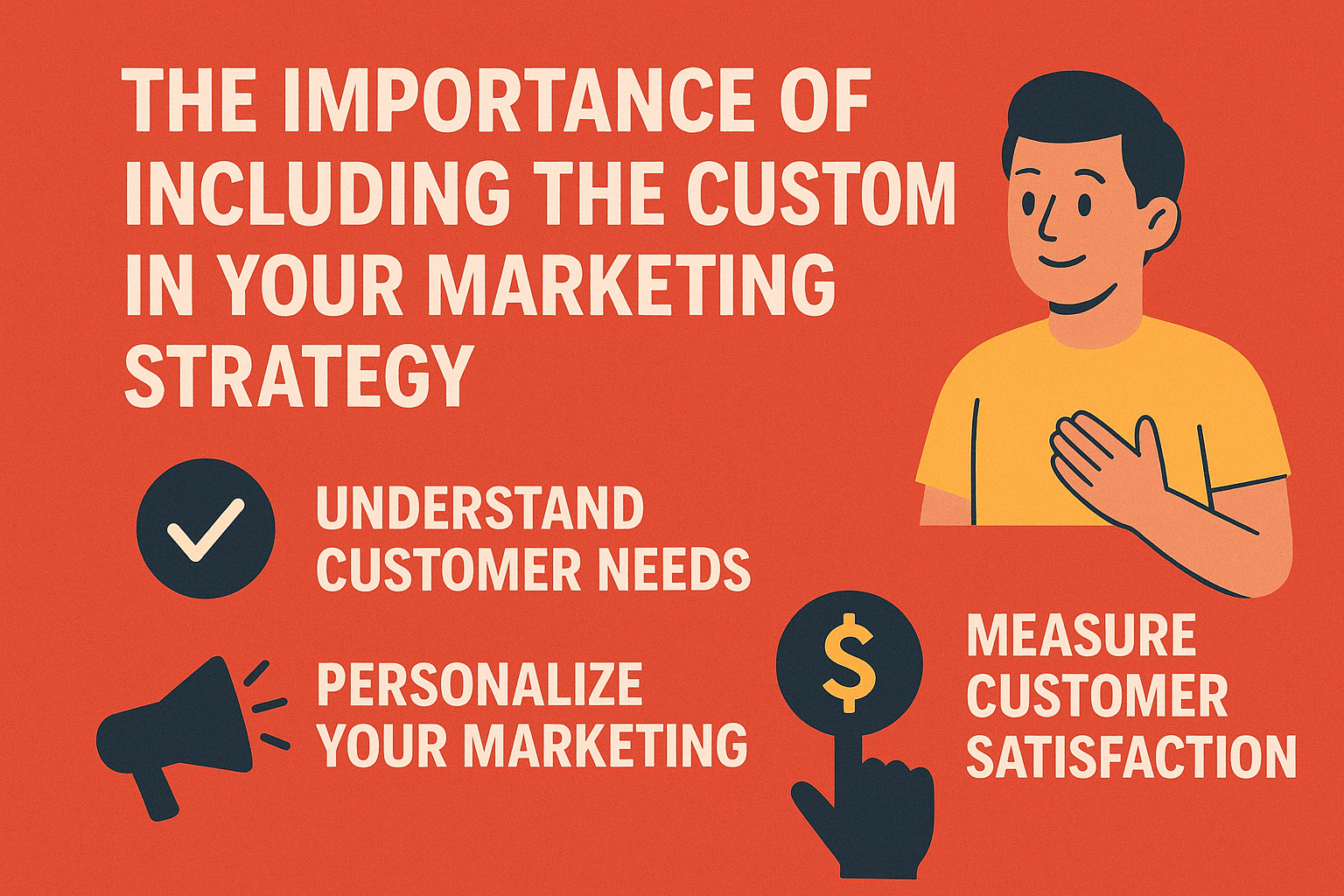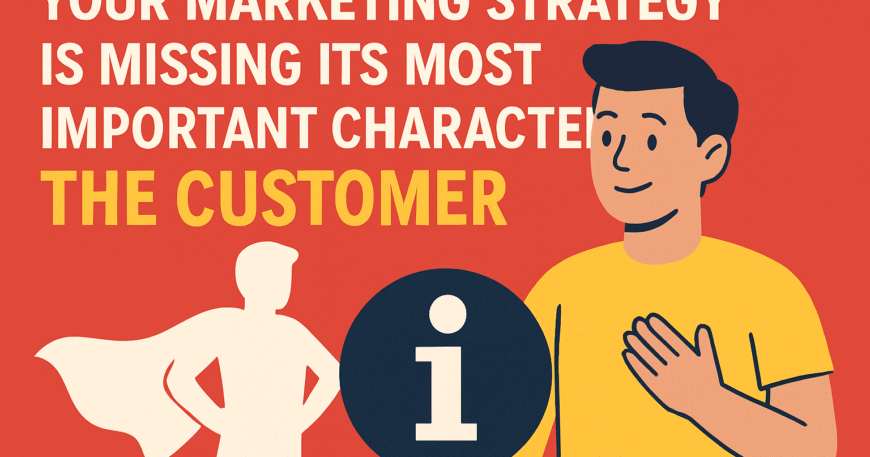Table of Contents
- Introduction
- Why Many Campaigns Fail: The Missing Hero
- The Psychology Behind Customer-Centric Marketing
- Understanding the Customer Journey
- Shifting the Spotlight: How to Make Customers the Hero
- The Cost of Ignoring the Customer
- Examples of Customer-as-Hero Marketing
- How to Measure Success in Customer-Centric Campaigns
- The Results of Making Customers the Hero
- Conclusion
Introduction
In every great story, there’s a hero. In marketing, however, many businesses forget this rule. They build campaigns around products, services, or even their brand’s achievements—but leave out the one character that truly matters: the customer. Without the buyer as the protagonist, your strategy is just noise in a crowded marketplace.
This blog explores why placing the customer at the center of your marketing narrative is essential and how you can shift your strategy to highlight them as the hero.
Why Many Campaigns Fail: The Missing Hero
Marketers often make the mistake of positioning their brand as the hero of the story. They highlight features, awards, or technical excellence—without explaining how it solves the customer’s pain points. The result? Campaigns that sound impressive but don’t connect emotionally.
The Psychology Behind Customer-Centric Marketing
Humans are wired to respond to stories. Neuroscience shows that storytelling activates multiple areas of the brain, making messages more memorable. But the key lies in relatability.
When the customer sees themselves in your story:
- They feel understood.
- They connect emotionally with your brand.
- They’re more likely to take action.
Understanding the Customer Journey (New)
Before you can position your customer as the hero, you need to map out their journey. From awareness to consideration to decision, each stage is filled with challenges and motivations. By understanding this path, you can tailor messages that resonate at the right time with the right emotion.
Shifting the Spotlight: How to Make Customers the Hero
So, how do you restructure your strategy? Here are some actionable steps:
1. Identify Their Pain Points
Every hero faces a challenge. Your customers’ pain points—cost inefficiency, wasted time, poor results—are the villains in their journey.
2. Position Your Brand as the Guide
Think of your business as the mentor in the story—like Yoda to Luke Skywalker. You’re not here to overshadow the hero but to help them succeed. Showcase how your solutions guide customers through their challenges.
3. Use Customer Stories and Testimonials
Real-life examples resonate more than polished pitches. Share case studies, testimonials, and success stories where customers talk about how your brand helped them achieve their goals.
4. Personalize the Experience
Generic marketing treats all customers the same. Hero-centric marketing speaks to individuals. Use segmentation, tailored messaging, and dynamic content to show customers you see and understand them.

The Cost of Ignoring the Customer (New)
What happens if you don’t put the customer at the center? Missed opportunities. Campaigns may generate clicks but won’t drive loyalty or repeat business. Over time, this leads to wasted ad spend, declining trust, and a brand that feels out of touch.
Examples of Customer-as-Hero Marketing
- Nike: Their campaigns rarely focus on shoes. Instead, they celebrate athletes of all levels, framing the customer as the achiever.
- Apple: Ads often highlight what people create using Apple products, not just the product itself.
- Airbnb: The spotlight is on travelers’ unique experiences, not just booking accommodations.
How to Measure Success in Customer-Centric Campaigns (New)
To ensure your strategy is truly working, track metrics that reflect customer engagement, not just vanity numbers. Examples include:
- Customer lifetime value (CLV)
- Retention and repeat purchases
- Net Promoter Score (NPS)
- Engagement with customer stories and testimonials
These KPIs highlight whether customers see themselves as the hero in your story.
The Results of Making Customers the Hero
When your customer becomes the center of your marketing story, you see:
- Higher engagement rates
- Stronger brand loyalty
- Increased word-of-mouth referrals
- Better long-term relationships
Conclusion
Your marketing strategy doesn’t need another product feature or clever slogan. It needs a hero. And that hero isn’t your brand—it’s your customer.
When you make your buyer the protagonist of every campaign, you don’t just attract attention—you earn trust, loyalty, and growth.




